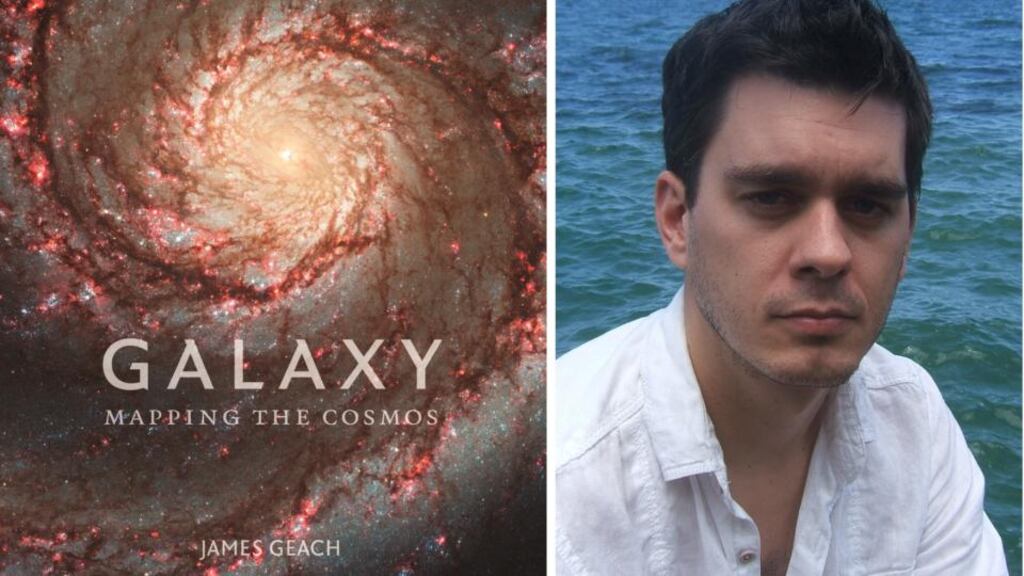About half a century ago the first human entered space, gliding above the atmosphere a couple of hundred kilometres from the ground. Just a few years later the first human kicked up the lunar soil, setting down footprints on a different world, over 320,000 kilometres from Earth.
Since then we have landed robots on Venus and Mars and the Saturnian moon Titan, and on the asteroids Itokawa and Eros. Spacecraft have taken up station next to the Sun, and scouted every planet. Even now, the twin Voyager craft, launched nearly four decades ago, are just approaching the edge of our solar system, traversing the natural boundary where the solar wind buffets interstellar space beyond. This year, after a journey of nearly a decade, the New Horizons probe will finally reach Pluto, tasked to chart the mysterious dwarf planet and its moons.
Recently we stretched our legs once more, and landed a probe on a comet.
Not long ago, comets were feared as harbingers of doom; ominous signs of divine discontent. Our ancestors were half correct: a comet poses grave threat to a planet’s ecosystem, should the two collide. Luckily such encounters are rare, although we gained a direct appreciation of the power of a cometary impact in 1994 when Shoemaker-Levy 9 smashed into the largest planet in the solar system, Jupiter, peppering its face with livid scars the size of Earth.
Comets originate in the far reaches of our solar system, in the Kuiper Belt and Oort Cloud. Gentle gravitational perturbations will occasionally ‘knock’ one out of its resting place, causing it to fall towards the sun in a highly elongated orbit. On approach to the sun solar radiation starts to evaporate ices and ablate the surface, teasing out spectacular gas and dust streamers. Occasionally these trails are bright enough to see with the naked eye. To our forebears these were unusual and unpredictable apparitions among the familiar fixed stars.
Comets might also be vital for the existence of life. Rich in water, cometary impacts earlier in the history of the solar system might have delivered to Earth large quantities of that vital ingredient we know is essential for life to emerge. Comets are also relics, encoding information about the physical conditions of our solar system at its formation about five billion years ago.
This is how the Rosetta mission came about; a journey to understand a comet.
The Rosetta mission is audacious, a decade-long voyage through our solar system chasing down the comet 67P/Churyumov-Gerasimenko over more than six billion kilometres. The spacecraft used the gravitational pull of the sun and planets to accelerate, catch up to and intercept the comet, finally entering orbit around it in August.
67P/Churyumov-Gerasimenko is a mountain-sized, dumbbell-shaped chunk of rock and ice. Almost completely black and less dense than water, Rosetta’s first close-up views of the surface revealed a foreboding landscape of boulders, sharp cliffs, escarpments and craters; a challenging place to explore.
We have flown to comets before. A probe called 600km of that most famous of all comets, the one named for Edmond Halley, visible from Earth just once a lifetime. What sets the Rosetta mission apart is the incredible stunt of deploying a small landing craft, called Philae, to the comet surface.
About the size of a washing machine and armed with an array of scientific instruments, Philae was detached from the Rosetta probe on November 12th, dropping to the surface of the comet in a seven hour descent. Not all went to plan. A thruster appeared to malfunction just before separation. This thruster was meant to counteract the recoil from anchoring harpoons that were to be shot into the surface on touchdown.
The mission continued anyway. Then when Philae hit the surface the harpoons did not fire. In the low gravity, Philae bounced, not once but but twice. Like an errant cartwheel, the probe veered into unknown territory, tumbling far away from the designated landing site. It finally came to rest on its side, in the shade of a small cliff a kilometre away from where it was meant to be.
Despite this predicament, Philae engaged various experiments designed to understand the alien environment: taking pictures, measuring chemistry and the nature of the surface, among other things. These data were relayed to Rosetta and sent back to Earth. Despite the fact that radio waves travel at the speed of light, almost 300,000km per second, the signal still takes half an hour to be received. Scientists are now engaged in the analysis of this treasure trove of information.
In the new landing site, solar panels designed to recharge the lander’s batteries, which last no more than a couple of days, were shaded from the sun. Running low on power, after two days Philae went into standby mode. As the comet journeys around the sun it might be possible to rejuvenate the batteries at a later time in the mission, provided light can hit the solar arrays. Rosetta, in orbit above, will keep station and continue to observe the comet. For now, Philae has completed its part of the mission.
One day humans will leave Earth. We will colonise the Moon and Mars and the space in between. We will mine asteroids and comets for resources. Far, far in the future, we may construct craft to take our species out into the galaxy, between the stars. Over the span of generations we will learn how to explore the Universe.
To do so requires missions like this, and others like it. The immediate return from Rosetta and Philae will be scientific knowledge, improving our understanding of the natural world and its workings. These things will come soon. But Rosetta really represents a new footfall in a much longer journey. That longer journey is our species’ goal.
James Geach is the author of Galaxy: Mapping the Cosmos, published by Reaktion Books (via University of Chicago Press)










